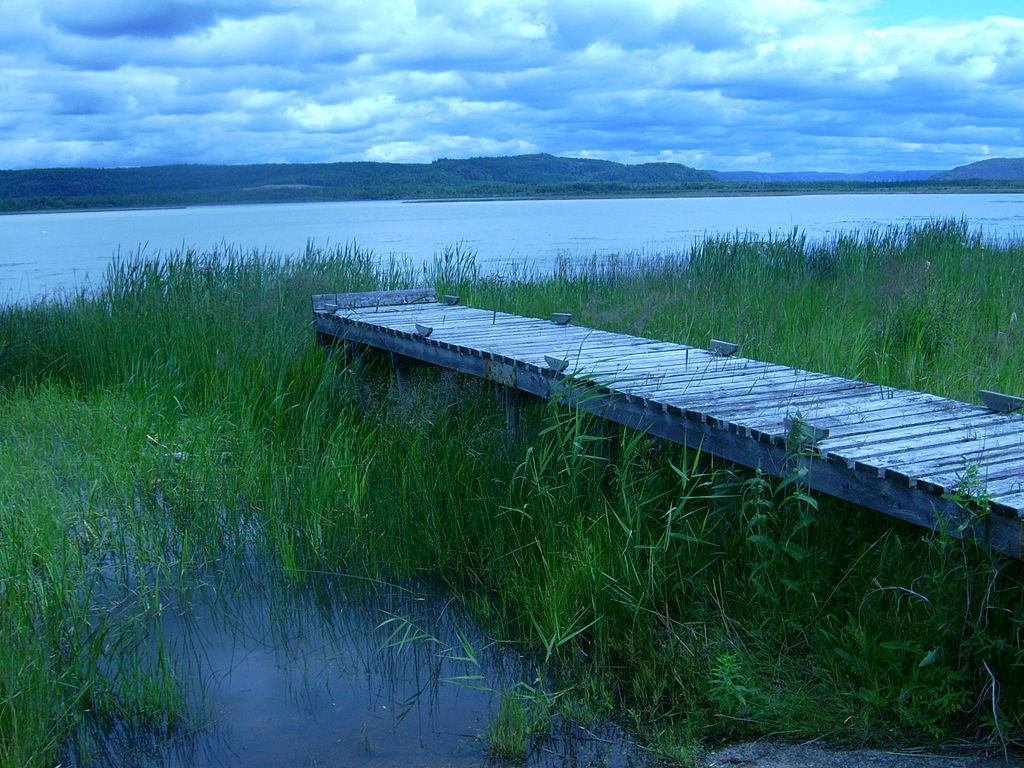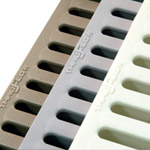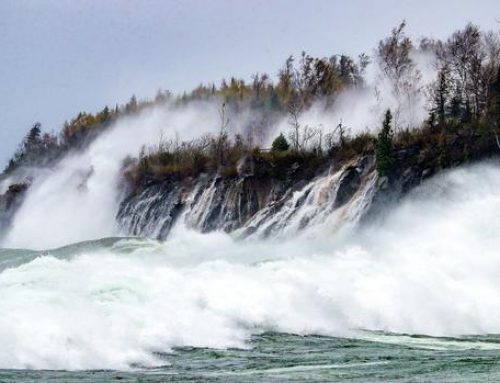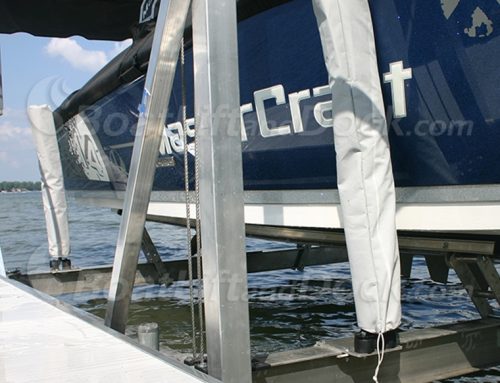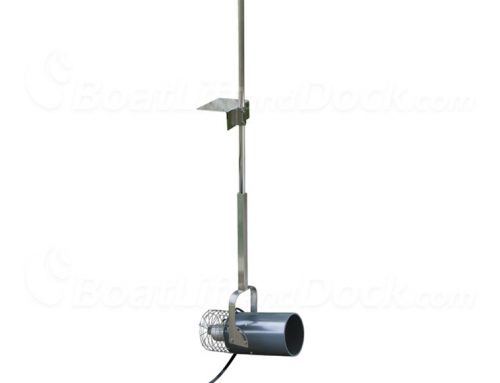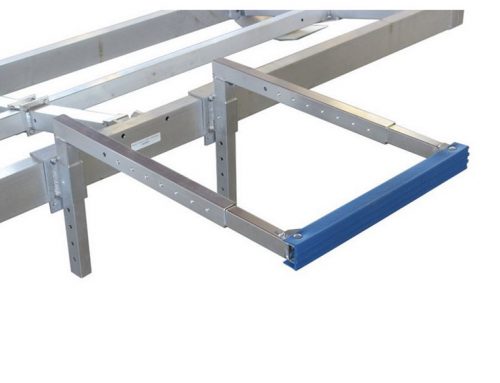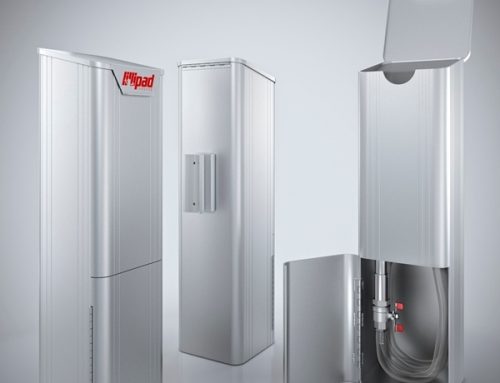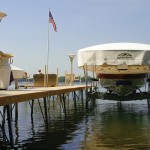 Great Lakes Basin
Great Lakes Basin
If you spend any time at all on the Great Lakes you may have noticed one of the most obvious indicators of change. Many of the waterfront docks that populate the Great Lakes basin are high and dry or at least showing more “leg” these days. The main causes of these changes are clear and widely acknowledged as record temperatures and lack of seasonal precipitation have led to record low water levels all over the Great Lakes Basin. It’s likely that if you live and play along the lakes that the dock or pier you use has been affected by the changes, and will continue to be so affected as 2013 rolls on; a fact that will require some adjustments or in some cases extensions to your current boat dock.
For Michigan’s part in this evolving change, legislation has been put forward to allocate $21 Million, mostly from the DNR Waterways budget, to dredge many of Michigan’s harbors. Many of these harbors are essential to the communities around them, especially during the main tourist and recreation seasons that will soon resume. Although this dredging plan targets the harbors of the Great lakes, specifically Michigan, Huron, and St. Clair, many, if not all of Michigan’s inland lakes are also changing. Overall water levels are down, hitting record lows as the nation’s temperature hits record highs.
Last season the low water levels and high temperatures (evaporation) combined to disrupt normal usage of many boat lifts, especially pontoon and tritoon lifts. Essentially the low water levels left insufficient depth to keep the lower framework of the lifts in enough water to allow the boats to enter. On top of this the rate at which the lake water lowered meant that many lake dock owners experienced a general increase in the distance between the dock surface and the water; an effect that required in many cases that the dock hardware be adjusted.
The extreme heat experienced in 2012 seems to be on track to return in 2013 and for those who have aluminum dock, this return is not welcome. Non-anodized aluminum can become very hot in direct sunlight and can make using it a very uncomfortable experience. One solution is to switch out the dock sections with anodized “cool” dock that will not heat up as much in the sun. Other dock decking materials such as Thru-Flow can also be used to get around the effects of extreme heat, as this material is “porous”, meaning that it is designed to allow air to move freely through, keeping the surface at a comfortable temperature throughout the season.
Thru Flow is also available for dock step tread as having a cool dock is nice but a comfortable transition into your boat or into the water should not be overlooked. The changes that are now underway on Michigan’s lakes, and the Great Lakes in general, are being called “the new normal” and the exact extent of these changes is still a matter of debate. However, there are steps you can take to deal with and cope with these changes, especially if you live and/or play on these lakes.
If you have to move your lift so that you can use it you will likely find that the lake bottom conditions will change, perhaps become more muddy or mucky, or you may find that you need to extend your current lake dock. In either case, the type or style of base pad may need to be changed or you may need an extension kit for your boat lift uprights. When the time comes for you to address these environmental changes its best to get as much information as you can up front, then outline your options before buying anything. It’s best to contact a dealer with any questions you have before beginning to ensure that you get what you need.
© 2013 BoatLiftandDock.com

